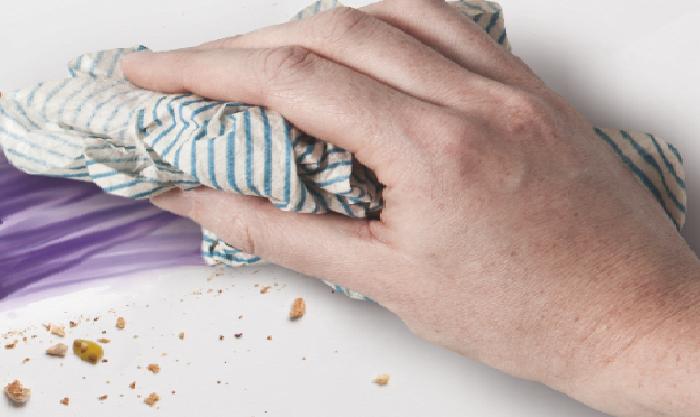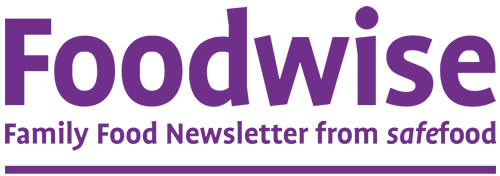Assessment of the Ability of Dishcloths to Spread Harmful Bacteria to Other Kitchen Surfaces and Detergents
.JPG?w=700&h=417&ext=.jpg&width=670&resizemode=force)
- Project start date: 1 November 2011
- Project status: Completed
- Project type: Food safety
- Discipline: Microbiology and food hygiene
- Author/s: Prof David McDowell, University of Ulster, Jordanstown
- Collaborator/s: Single supplier
Research objective
This research project aimed to test the effectiveness of different dishcloth cleaning methods and to assess how contaminated cloths transfer bacteria onto kitchen surfaces.
This project built upon the outcomes of a previous dishcloth survey.
Outputs
Research report
- Title: How clean is your dishcloth?
- Date: 10 July 2015
- Summary: Laboratory tests showed that only boiling or machine washing reliably decontaminated dishcloths, while contaminated cloths easily spread bacteria like Salmonella and E. coli onto kitchen surfaces.
- Findings:
-
Only boiling (15 minutes) and machine washing (30–60°C cycles) consistently decontaminated dishcloths.
-
Bleach and washing-up liquid worked only under strict conditions (cloths fully opened, hot water, long soaking).
-
Rinsing under the tap, hot water alone, or dishwasher use (with food debris present) were unreliable.
-
Contaminated cloths transferred Salmonella and E. coli almost universally to all tested surfaces (wood, granite, stainless steel, polypropylene, melamine).
-
Campylobacter and Listeria transferred less often but still at concerning rates.
-
High protein/fat residues protected bacteria and increased their survival and transfer.
-
Even cloths that did not look dirty could spread pathogens effectively.
-
- Recommendations:
-
Promote boiling (10–15 minutes) or machine washing as the most reliable cleaning methods.
-
Advise consumers that other methods (dishwasher, bleach, rinsing) are inconsistent.
-
Stress that contaminated dishcloths can efficiently spread pathogens, so cloths should be changed or washed very frequently.
-
Other outputs
Food safety campaign: "If You Could See Germs Spread"
Similar research
- Risk profiling Listeria in ready-to eat foods (RTE) and determination of control strategies and prac (2014)
- Emerging issues: an analysis for Verocytotoxigenic Escherichia coli on the island of Ireland (2014)
- A study of domestic fridges on the island of Ireland (2013)
- The microbiological status of household dishcloths and associated consumer hygiene practices on the (2011)
- Communicating to Consumers about Food Hazards in the Home (2010)




